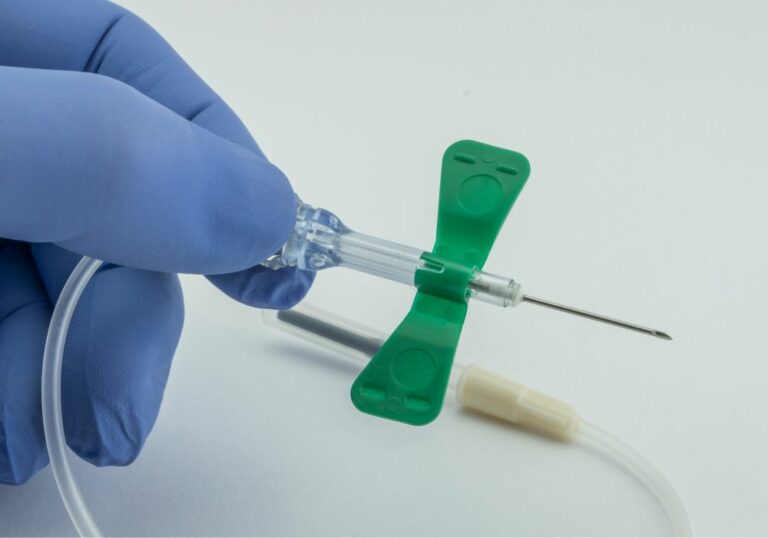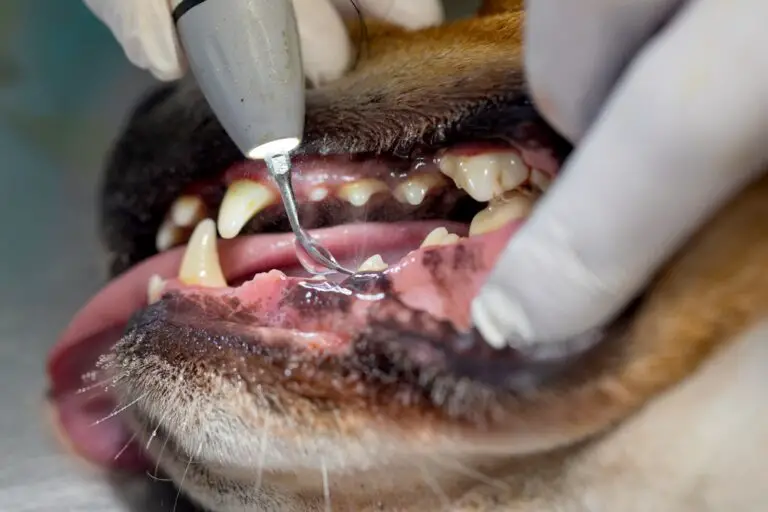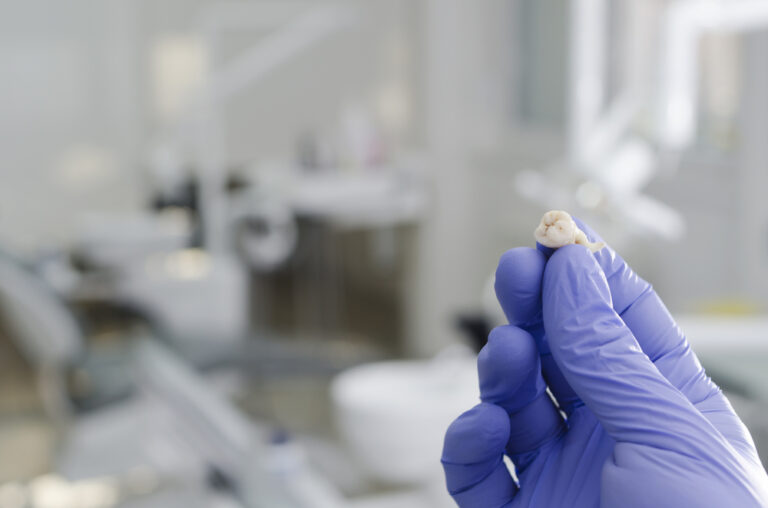Are you experiencing pain or discomfort after having your wisdom teeth removed? Irrigating your wisdom teeth socket can be a simple and effective way to promote healing and prevent infection. But when should you start irrigating your wisdom teeth socket?
According to most dentists, it is recommended to wait at least 72 hours after the extraction before using an irrigation syringe. This gives your mouth time to heal and reduces the risk of further complications. Once the initial healing period has passed, you can begin irrigating your wisdom teeth socket to remove any debris and promote healing.
It is important to use a lukewarm saline solution or tap water to irrigate the sockets. This helps to further reduce the risk of infection and promote healing. Remember, irrigating your wisdom teeth socket is a simple and pain-free procedure that can make a significant difference in protecting your dental well-being and ensuring a bright smile for years to come.
Understanding Wisdom Teeth Extraction
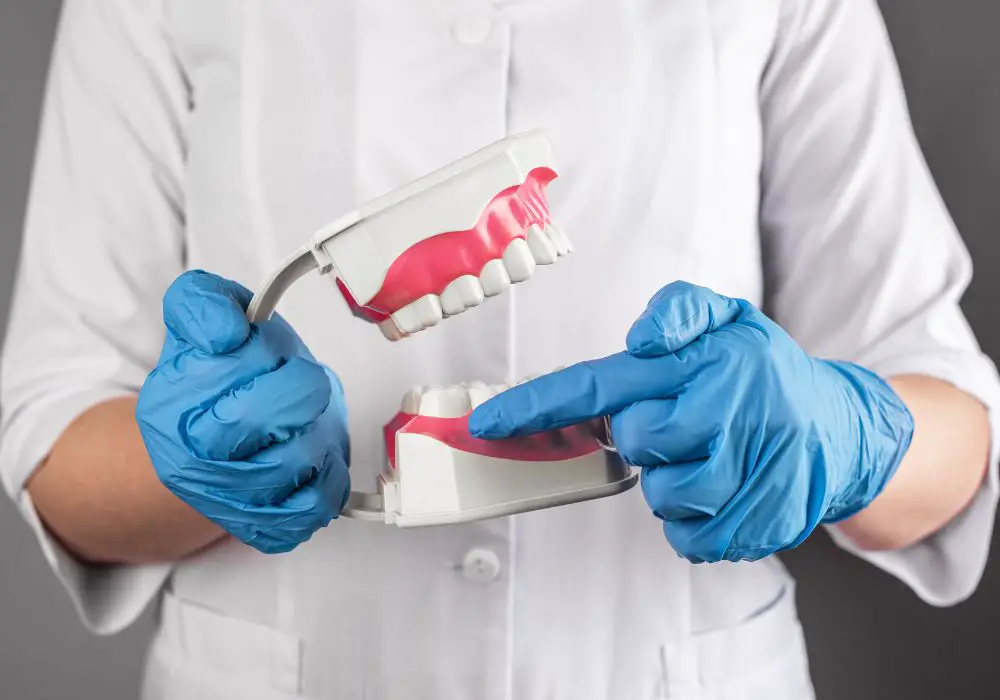
If your dentist has recommended wisdom teeth extraction, it’s important to understand the procedure and what you can expect during and after the surgery. Wisdom teeth are the last molars to emerge, and they often don’t have enough room to grow properly. This can lead to impaction, infection, and other dental problems.
During the extraction procedure, your dentist or oral surgeon will numb the area around the tooth with a local anesthetic. If you’re anxious or nervous, they may also offer sedation to help you relax. Once the area is numb, they will make an incision in the gum tissue and remove the tooth. In some cases, they may need to break the tooth into smaller pieces to make it easier to remove.
After the procedure, you will need to follow your dentist’s instructions for caring for the extraction site. This may include using an irrigation syringe to clean the socket and prevent infection. However, it’s important to wait at least 72 hours after the extraction before using an irrigation syringe to allow the blood clot to form and stabilize.
It’s also important to avoid smoking, using straws, and eating hard or crunchy foods for several days after the extraction. These activities can dislodge the blood clot and delay the healing process. Instead, stick to soft foods and gently rinse your mouth with warm salt water.
In some cases, you may experience pain, swelling, or bleeding after the extraction. Your dentist may prescribe pain medication or recommend over-the-counter pain relievers to help manage these symptoms. If you experience severe pain or bleeding, or if you develop a fever or other signs of infection, contact your dentist right away.
Overall, wisdom teeth extraction is a common and relatively straightforward procedure that can help prevent dental problems down the road. By following your dentist’s instructions and taking good care of the extraction site, you can help ensure a smooth and speedy recovery.
Why Irrigation is Important
When it comes to wisdom teeth hygiene, irrigation plays a crucial role in preventing complications such as tooth decay, gum disease, and infection. Here’s why it matters:
- Prevents decay: Wisdom teeth are located at the back of the mouth, making them more challenging to clean. Food particles and bacteria can easily accumulate in the sockets, leading to decay and cavities. Irrigation helps to flush out these particles and keep the sockets clean.
- Reduces the risk of infection: After wisdom teeth are extracted, empty sockets are left behind. These sockets can become breeding grounds for bacteria, leading to infection. Irrigation helps to remove any food particles or debris that may have accumulated in the sockets, reducing the risk of infection and promoting healing.
- Prevents dry socket: Dry socket is a painful condition that occurs when the blood clot in the socket is dislodged, exposing the bone and nerves. Irrigation helps to keep the socket clean and prevent the accumulation of debris, reducing the risk of dry socket.
- Promotes healing: Irrigation helps to promote healing by removing any debris or bacteria that may interfere with the healing process. It also helps to keep the socket clean and free from infection, allowing the body to focus on healing.
Overall, irrigation is an essential part of wisdom teeth hygiene. By keeping the sockets clean and free from debris, it helps to prevent complications and promote healing. Make sure to follow your dentist’s instructions on when and how to irrigate your wisdom teeth sockets.
Ideal Time to Start Irrigation
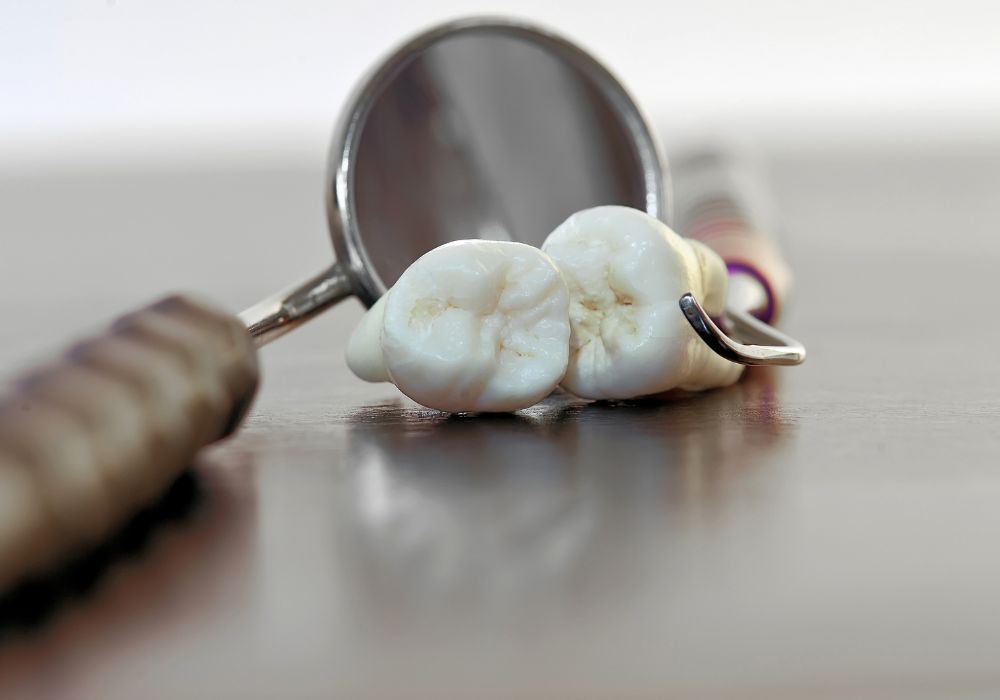
If you have recently had your wisdom teeth extracted, you may be wondering when you should start irrigating your sockets. Proper irrigation is an essential part of the healing process, as it helps to keep the area clean and free from infection. However, it is important to wait until the appropriate time to begin irrigation to avoid any complications. In this section, we will discuss the ideal time to start irrigating your wisdom teeth sockets.
Post-Extraction Healing Timeline
The ideal time to start irrigating your wisdom teeth sockets depends on how far along you are in the healing process. After your wisdom teeth have been extracted, it is normal to experience some swelling, pain, and bleeding. Your body needs time to heal before you can start irrigating the sockets.
Typically, you should wait at least 72 hours after your extraction before you start irrigating your sockets. This allows enough time for the initial healing process to occur. However, it is important to follow the specific instructions provided by your oral surgeon or dentist, as they may recommend a longer or shorter period of time based on your individual needs.
Signs of Healing
Before you start irrigating your wisdom teeth sockets, it is important to make sure they are healing properly. Here are some signs to look for:
- Reduced swelling and pain
- Clot formation in the socket
- Decreased bleeding
- Formation of new tissue
If you notice any signs of infection, such as fever, severe pain, or pus, contact your oral surgeon or dentist immediately. You should not start irrigating your sockets until the infection has been treated and the area has healed.
In summary, the ideal time to start irrigating your wisdom teeth sockets is at least 72 hours after your extraction, or as recommended by your oral surgeon or dentist. Make sure to look for signs of healing before starting irrigation, and contact your healthcare provider if you notice any signs of infection.
How to Irrigate Wisdom Teeth Socket
Materials Needed
Before you begin irrigating your wisdom teeth socket, you will need a few materials. Here’s what you will need:
- An irrigation syringe
- Warm salt water or prescribed irrigating solution
Step-by-Step Guide
Here’s a step-by-step guide to help you irrigate your wisdom teeth socket:
- Wash your hands thoroughly with soap and warm water.
- Fill the syringe with warm salt water or prescribed irrigating solution.
- Open your mouth as wide as possible and place the tip of the syringe near the back of your mouth, close to the wisdom teeth socket.
- Gently press the plunger of the syringe to release the solution into the socket. Be sure to aim the solution directly into the socket and not at the gum tissue.
- Allow the solution to sit in the socket for a few seconds before spitting it out.
- Repeat the process for each wisdom tooth socket.
- Rinse your mouth with warm water to remove any remaining solution.
It is important to follow your dentist’s instructions on how often to irrigate your wisdom teeth socket. Typically, you should irrigate at least twice a day, preferably after meals, until the socket has fully healed. Do not start irrigating earlier than day 5-7 after your surgery unless instructed to do so by your dentist.
Note that it is normal to experience a small amount of bleeding when first irrigating your wisdom teeth socket. However, if you experience excessive bleeding or pain, contact your dentist immediately.
By following these simple steps and using the right materials, you can effectively irrigate your wisdom teeth socket and promote a speedy recovery.
Possible Complications of Improper Irrigation

When it comes to irrigating your wisdom teeth socket, it’s important to do it properly to avoid complications. Here are some possible complications that may arise if you don’t irrigate your wisdom teeth socket correctly.
Infection Risks
Improper irrigation can lead to infection, which can cause pain, swelling, and fever. If you don’t irrigate your wisdom teeth socket, food particles and bacteria can accumulate in the area, leading to an infection. It’s important to use the right amount of pressure when irrigating and to make sure that the water is at the right temperature. If you experience any signs of infection, such as swelling or pain, contact your dentist immediately.
Delayed Healing
Improper irrigation can also lead to delayed healing. If you don’t irrigate your wisdom teeth socket, the area may not heal properly, which can cause pain and discomfort. It’s important to irrigate your wisdom teeth socket as directed by your dentist to ensure proper healing. If you experience any pain or discomfort after irrigating, contact your dentist.
In summary, irrigating your wisdom teeth socket is an important part of the healing process. However, it’s important to do it properly to avoid complications. Make sure to follow your dentist’s instructions and use the right amount of pressure and water temperature when irrigating. If you experience any pain, swelling or signs of infection, contact your dentist immediately.
Consulting Your Dentist
When it comes to wisdom teeth irrigation, it is always best to consult with your dentist to ensure that you are following the proper procedure. Your dentist will be able to provide you with specific instructions based on your unique situation and help you avoid any potential complications.
When to Seek Help
If you experience any pain, swelling, or bleeding after irrigating your wisdom teeth sockets, it is important to contact your dentist right away. These symptoms could be a sign of an infection or other complication, and prompt treatment can help prevent further issues.
Post-Extraction Follow-Up
Your dentist will likely schedule a follow-up appointment after your wisdom teeth extraction to monitor your healing progress and provide any necessary instructions for irrigation. During this appointment, be sure to ask any questions you may have about the irrigation process and take note of any specific instructions provided by your dentist.
Remember, proper oral care is crucial for maintaining your overall health, and irrigating your wisdom teeth sockets is an important part of that care. By consulting with your dentist and following their instructions, you can ensure that you are taking the necessary steps to keep your mouth healthy and happy.
Frequently Asked Questions
When is it safe to start irrigating my wisdom teeth socket?
It is generally safe to start irrigating your wisdom teeth socket after 5-7 days following your surgery. However, it is important to follow your dentist’s or oral surgeon’s instructions. Starting too early can cause complications and delay the healing process.
How do I clean my wisdom teeth socket with a syringe?
Your dentist or oral surgeon will likely provide you with specific instructions on how to use the syringe and what solution to use for irrigation. It is important to follow these instructions carefully. Generally, you will fill the syringe with the prescribed solution and gently squirt it into the socket to remove any debris.
When can I use my WaterPik after getting my wisdom teeth removed?
It is generally safe to start using a WaterPik after 7-10 days following your surgery. However, it is important to follow your dentist’s or oral surgeon’s instructions. Starting too early can cause complications and delay the healing process.
Is it necessary to irrigate the top wisdom teeth sockets?
Yes, it is necessary to irrigate the top wisdom teeth sockets. Food particles and debris can get trapped in the sockets, leading to infection and other complications.
Does irrigating my wisdom teeth hurt?
Irrigating your wisdom teeth sockets should not be painful. However, it is normal to experience some discomfort and sensitivity in the area following surgery. If you experience excessive pain or bleeding, contact your dentist or oral surgeon immediately.
Can irrigating my wisdom teeth dislodge a blood clot?
Yes, irrigating your wisdom teeth sockets too forcefully can dislodge the blood clot that forms in the socket, leading to a painful condition known as dry socket. It is important to follow your dentist’s or oral surgeon’s instructions carefully and use gentle pressure when irrigating.




